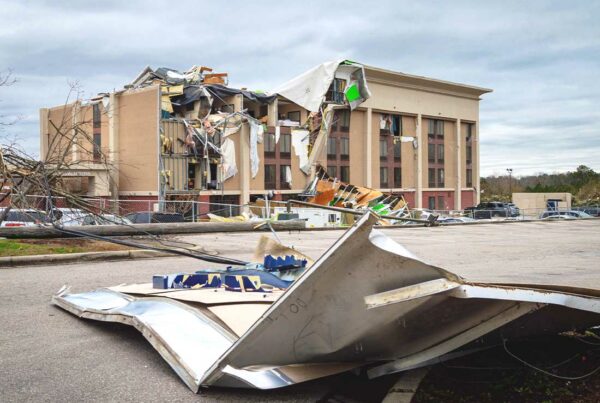
Insurance companies generally prefer to cover roofs that are in good condition, within the manufacturer’s life expectancy, and will provide adequate protection against damage. As a roof ages, it becomes more susceptible to damage from weather, such as wind, hail, and heavy rain. It can also become more prone to loose shingles, leaks, and other issues that can damage the interior of your home.
Roof shingles have a life expectancy of 15 to 30 years, depending on factors like quality, climate, proper installation, and maintenance. Extreme weather conditions and poor ventilation can cause shingles to age prematurely. Regular maintenance and inspections can help extend the lifespan of your roof and avoid unexpected repair or replacement costs. Regarding insurance claims for roof damage, the age of your roof can be a significant factor.
Many insurance policies have exclusions or limitations for roofs over a certain age, typically 15 to 20 years, some shorter. If your roof is older than the specified age, your insurance company may only partially cover the cost of repairs or replacement. In some cases, they may only offer partial coverage, leaving you to cover the remaining costs out of pocket.
It’s important to understand that homeowners insurance is not meant to cover general roof maintenance or replace roofs older than their life expectancy. Instead, its primary purpose is safeguarding homeowners against unexpected damages or losses to their property and personal belongings caused by fire, theft, natural disasters, or other covered perils.
Roof age and condition can often become a hot point for the homeowner during a claim. It is essential that you understand if your insurance policy will fully cover your roof in the event of a loss. This includes repairing any damage as soon as it occurs, having your roof inspected by a professional at least once a year, and budgeting for a roof replacement every 15 to 20 years. By doing so, you can catch any issues early and prevent them from becoming more serious and costly down the line.



